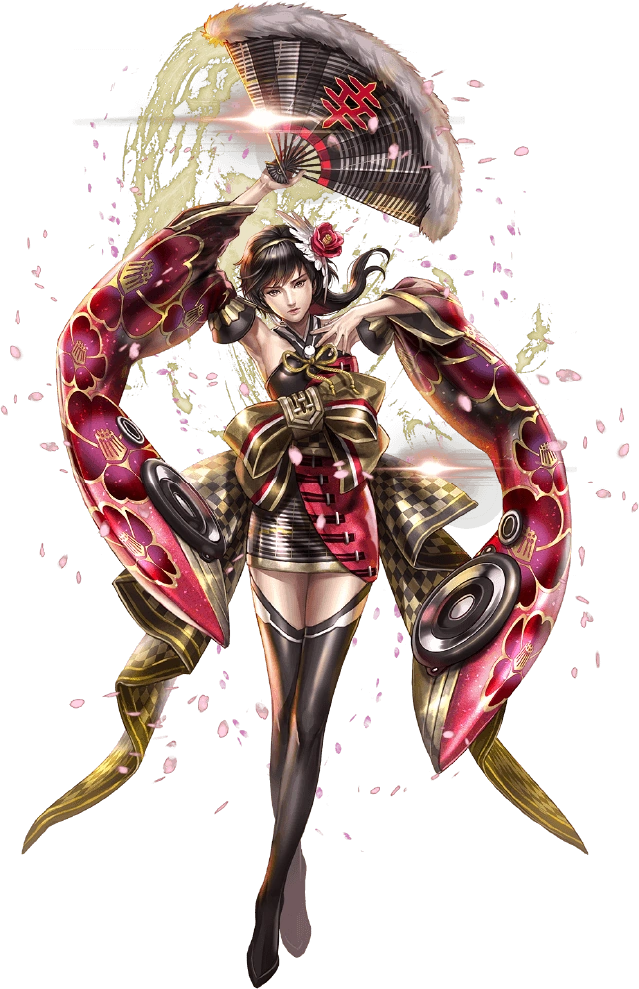Hatsune Miku is a virtual singer. She assists all the existing bands. This page only contains information about her role in the game Project SEKAI COLORFUL STAGE! For information about the software, see the VOCALOID Wiki and the Piapro Wiki. 1 Background 2 Appearance 2.1 Leo/need 2.2 MORE MORE JUMP! 2.3 Vivid BAD SQUAD 2.4 Wonderlands x Showtime 2.5 25-ji, Nightcord de. 3 Relationships 4.
Hatsune Miku Voicebank
- On April 30, 2010, a new add-on for Miku, called Hatsune Miku Append, was released, consisting of six different timbres for her voice: Soft (gentle timbre), Sweet (young, chibi quality), Dark (mature and melancholic), Vivid (bright and cheerful), Solid (loud, clear voice), and Light (innocent and angelic).
- Hatsune Miku: VOCALOID2 Her soft and clear voice caught the attention of Crypton and they adopted Saki for their first VOCALOID2 product and third VOCALOID product overall, Hatsune Miku. Crypton created an instant hit, launching the widely-known VOCALOID trend. Saki Fujita provided a cute, high and clear voice for Hatsune Miku.
- The Hatsune Miku voice synthesizer software was developed based on the voice of Japanese voice actress Saki Fujita, and first released on August 31st, Since her release, Hatsune Miku has evolved into a phenomenon of highly participatory cyber culture, with Miku-related content created and shared everyday around the globe.
- Hatsune Miku mobile game brings with it an interesting change: Miku has a new voice! Announced last year, Hatsune Miku NT is a new voicebank software for the iconic Vocaloid character that includes a number of new features. According to the official website, this Miku voice package is ‘a combination of newly developed singing.
The release of the Project Sekai: Colorful Stage feat. Hatsune Miku mobile game brings with it an interesting change: Miku has a new voice! Well, sort-of.
Announced last year, Hatsune Miku NT is a new voicebank software for the iconic Vocaloid character that includes a number of new features. According to the official website, this Miku voice package is ‘a combination of newly developed singing voice expression technology, dedicated voice library, software interface and voice effector’. What this essentially means is that the software has been made more accessible while developing a new vocal augmentation software that makes Miku’s voice more realistic. It’s a major departure from previous iterations of the software, and Project Sekai is the first major usage of this new voice, with the results immediately noticeable from the moment you start the game.
Project Sekai works as you’d expect a rhythm game mobile title to act, with a structure similar to the likes of Bang Dream and Love Live. You perform songs by tapping notes that appear on the screen, with these performances punctuated by story moments featuring a wide range of in-game characters. This new story follows several brand-new original characters, told between the real and virtual worlds where these characters can meet and can perform with the virtual singers they were inspired by. This is where the new voicebank comes in.

For both story and music sections, the virtual singers perform alongside these new characters. Unlike the voice actors portraying these characters, Hatsune Miku’s performance is entirely driven by Vocaloid software, taking advantage of the new Hatsune Miku NT voicebank. The voicebank, amazingly, lets her voice blend seamlessly with these real-life voice actors when performing live, and allows her to take part in fully-voiced dialogue scenes alongside these characters without sounding unnatural. You can still tell the voice has been created using software, but compared to the other virtual singers, it’s a night-and-day improvement from the old software.
Unsurprisingly, the change is controversial. This new voice sounds noticeably different from the iconic sound of Hatsune Miku we’ve become accustomed to for the last 10+ years. The remakes of seminal Hatsune Miku songs with this new voicebank produce mixed results, with some songs sounding better while others sound noticeably worse when not matched to the old, deliberately-artificial quirks of the previous software. You have the option to switch between the old and new vocals, but doing so removes the performances of the new characters and a lot of the appeal of the game in the process.
While it may be controversial, whether these song remakes sound better or not is unimportant. This new voicebank opens doors that were previously closed to Vocaloid and expands its potential; with the new Hatsune Miku NT voicebank, the character is no longer limited to music
Hatsune Miku Voicebank
With Project Sekai, SEGA and Crypton Future Media are targeting the virtual idol audience currently dominated by Love Live, Bang Dream and [email protected], and it doesn’t seem outside of the realm of possibility that such a push could see multi-media adaptations of the game’s story into manga and maybe even anime. With this new voice pack, Miku’s character in a potential anime adaptation could be performed by the software itself.
And why stop there! Hatsune Miku could appear in other anime with the character acting as a voice actor herself, and what’s to stop the same happening for other Vocaloid characters if their voicebanks receive the same updates that Miku has? With the rise of Virtual YouTubers, this software could take that concept one step further by creating a YouTuber that is virtual in every aspect.
Hatsune Miku Voice Free
Project Sekai: Colorful Stage is a fun game, sure. But it also has the potential to be the instigator for far loftier ambitions. Vocaloid has come to form a significant niche within the music industry. With this new software, could it be something even bigger?